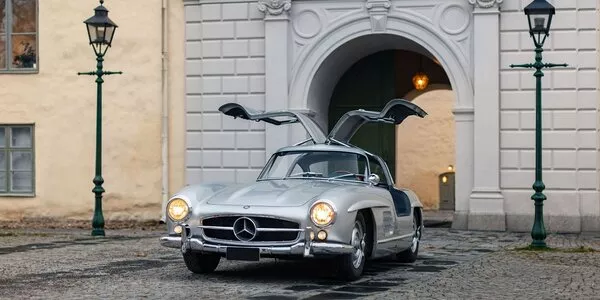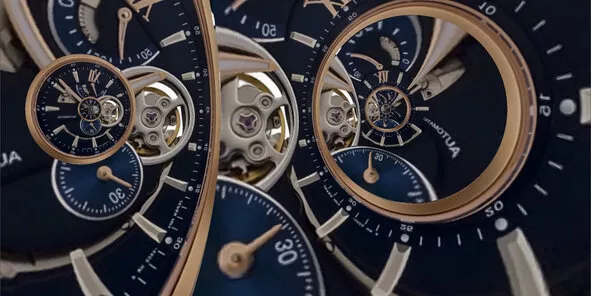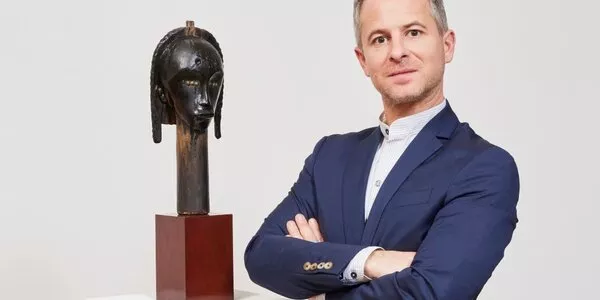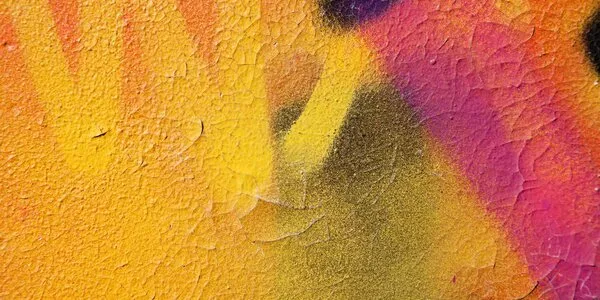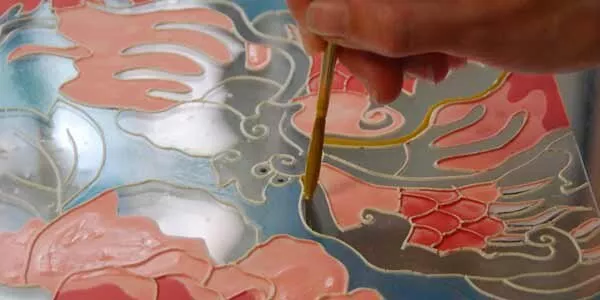
Music - Instrument and musician, an intimate bond
A pair of musical instruments of exceptional quality, manufactured in the 17th and 18th centuries. But for the two artists who play them, they are much more than mere tools.

In listening to them, we find ourselves immersed once more in the world of Harry Potter as the sorcerer’s apprentice finally chooses his magic wand.
Or rather that he is chosen by it, according to the novel. Jean-Guihen Queyras and Élise Bertrand are wizards of a different kind of magic: that of music.
The first is one of the greatest cellists in the world. The second a rising star of the violin. Jean-Guihen Queyras, 56, plays a very rare cello built by the Italian violin maker Gioffredo Cappa in 1696. Élise Bertrand, 23, plays a violin from 1796, signed by Giuseppe Gagliano. Both instruments are on loan from the Societe Generale The Future Is You Foundation.
Both use intimate or even loving words to describe their relationship with their instruments. “There are no secrets between Cappa and me. He knows everything about me”, confides Jean-Guihen Queyras. “Playing a violin as old as the Gagliano was a great discovery, a great feeling. I knew right away that I liked it.” adds Élise.
Jean-Guihen Queyras plays both solo and with renowned orchestras such as the Philadelphia Orchestra, the Paris Orchestra, and the London Symphony Orchestra.
There are no secrets between Cappa and me.
The name of Stradivarius is the most well known today, but other families of luthiers have equally left a strong mark on the art of musical instrument making. A contemporary of Antonio Stradivari who lived between 1644 and 1737 in Cremona, Alessandro Gagliano was also the father of a large family of luthiers in Naples, of whom Giuseppe represents the third generation. The Amati luthier dynasty in Turin dominated stringed instrument making for 100 years, and influenced Antonio Stradivari and Gioffredo Cappa. Certainly the differences in their musical instrument construction techniques are slight to the uninitiated. Together, however, these great names established a quality of violin making high enough to continue to attract great musicians and ensure that generations of collectors and patrons invest in their purchase and thus their future conservation.

Élise Bertrand has been playing the violin since the age of 8. A talented performer and composer, in 2023 she received the Honorary Prize at the International Young Talent Competition in Normandy.
Playing a violin as old as the Gagliano was a great feeling.
Being lent an old instrument is a memorable event for a musician. Until she was 19, Élise Bertrand played a standard, unbranded violin. However, “According to my teachers, my level had surpassed that of the violin I was playing.” While a student at the Conservatoire National Supérieur de Musique de Paris, she applied to borrow the Giuseppe Gagliano. “During the first test, in the Vatelot-Rampal violin-making workshop, I was so excited. The Gagliano is so much louder than mine, it allows for a much greater sound projection.”

This power will be an essential asset for the rest of her career: “I am more reassured about my ability to make myself heard above the orchestra.” Jean-Guihen Queyras has waited a long time for his own encounter with musical magic. It took the cellist more than a year to find the Gioffredo Cappa he now plays. In each town where he performed, he contacted local luthiers to try out instruments. “It was like trying to enter into a relationship, notes Jean-Guihen Queyras. We have a very personal relationship with our instruments, these vessels of communication. There are many questions we ask ourselves: will I start a life with this instrument? Will I play the same way as before? Can it be my voice?” The fateful encounter took place in Vienna in 2005. Queyras borrowed the Cappa from 1696 to interpret the Cello Concerto by Robert Schumann and theConcerto by Bruno Mantovani, a piece written especially for Queyras. It was quite a shock: the instrument seemed as agile in romantic as in contemporary repertoire. “I was very impressed.” Jean-Guihen Queyras describes the sound of the Cappa as “something reminiscent of a thoroughbred horse, it is racy, both noble and nervous at the same time”. Since then, they have been inseparable.
A collection in the service of young people
Aware of the problem encountered by young musicians in acquiring quality instruments, musical sponsorship from the Societe Generale The Future Is You Foundation practises an instrument purchasing policy. Two cellos, four violas and six violins of contemporary construction and exceptional quality, are made available to students. “Like in a library,” explains Julien Dubois, head of the instrumental park at the CNSMDP, “students can borrow them. It is better to lend it rather than having it stay in a safe somewhere because an instrument that is not played loses sound quality...” “These are high-quality instruments from all over Europe which enable young professionals to pass key milestones in their careers, such as important competitions,” explains Ulrich Mohrle, head of music sponsorship at Societe Generale. “It is essential that these young performers have all the opportunities required to be open towards the present and the future!”
By Séverine Garnier
Music journalist.

